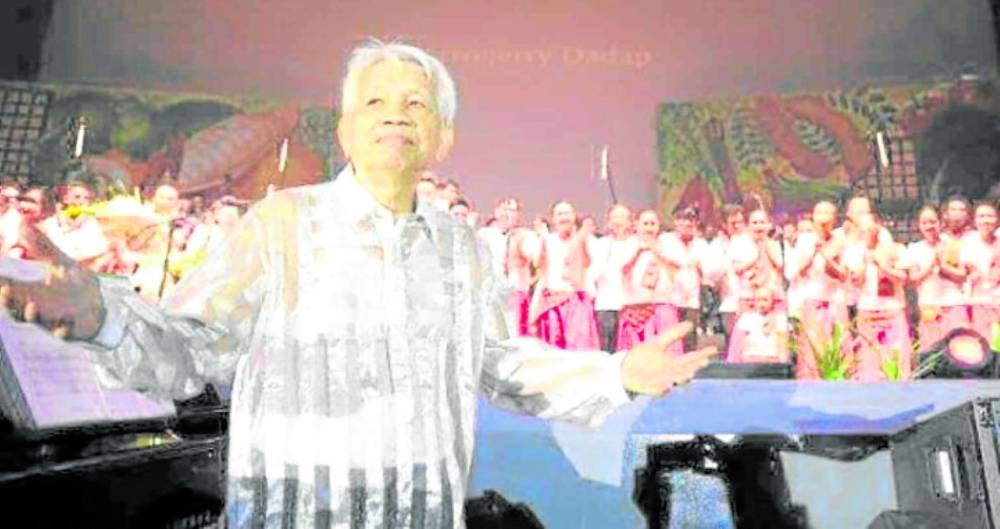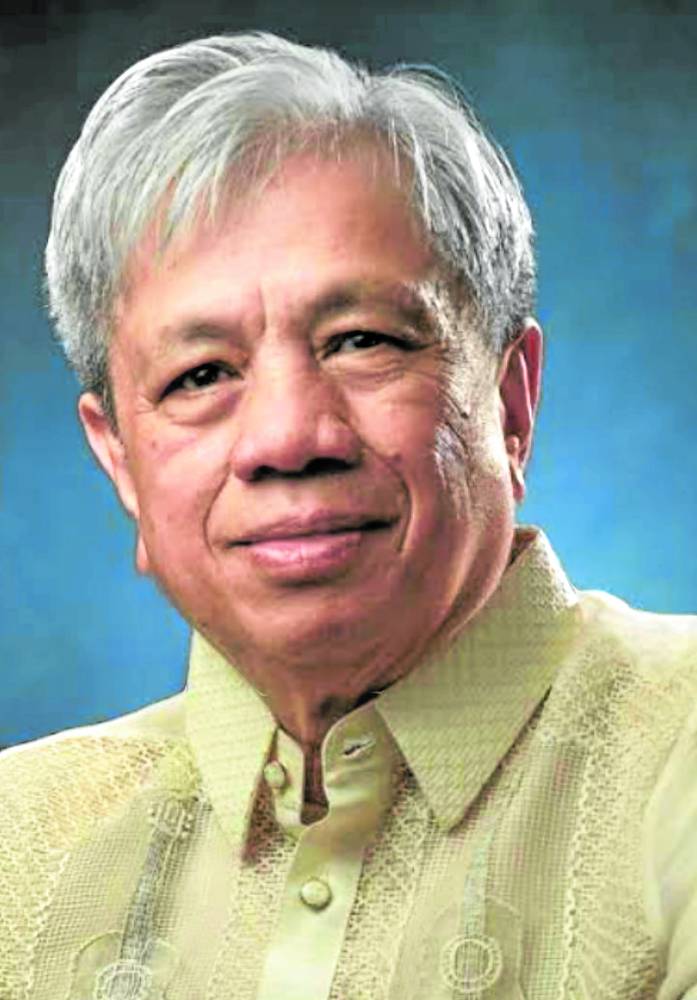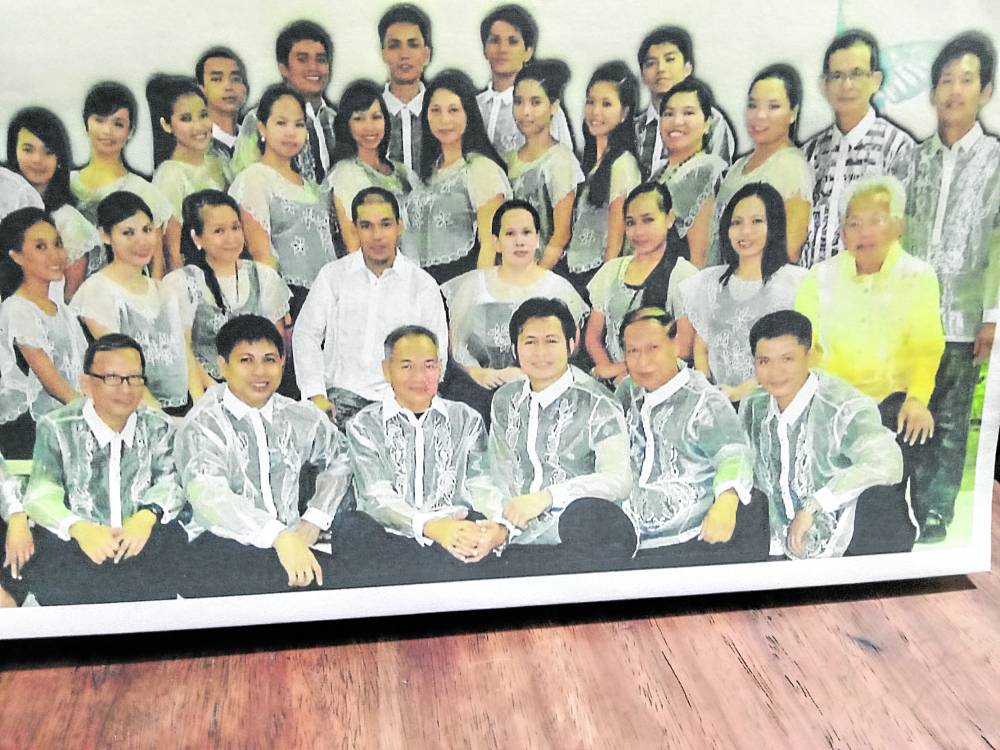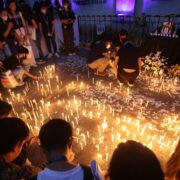The symphonies on Jerry Dadap’s mind

Leading composer Jerry A. Dadap, now 89 and grown more mellow with the passing of the decades, is best known for the towering musical “Andres Bonifacio: Ang Dakilang Anak Pawis,” first performed at the Cultural Center of the Philippines (CCP) in 1979, with a cast of 200, and with Tommy Abuel as the Narrator. But he has written many other major works which have not been properly presented to the music-loving public.
In the early 1980s, the musical gave way to Dadap’s Andres Bonifacio Concert Choir (ABCC) which produced, among other notables, Lani Misalucha. “She was only 13 when she joined,” recalled the composer-choirmaster in an interview. But when she sang, wow.
(I also sang with the choir for many years as a second tenor, but that was just because of friendship with the choirmaster.)
Flashback to the late 1960s. “I was already composing major works while a student at the University of the Philippines College of Music,” said Dadap, not known for his modesty. In 1968, he went to New York, where some of his chamber works were performed at the prestigious Carnegie Hall and the International House, which performed works by students from all over the world.
Back home, during the 1970s, he wrote two ballets which were commissioned by the CCP and performed there. “At that time the CCP was very active and they had musical performances by Filipino composers,” Dadap said. “I was not the only one that they commissioned; there were others.” The first ballet he composed was choreographed by Basilio Esteban Villaruz, the second ballet (“long and major”) by Gener Caringal.

Lost masterpiece
During this period, he also wrote chamber works that were performed in the major recital halls of the city. But a choral symphony was lost when floods struck the low-lying Dadap residence in Tandang Sora, Quezon City. “I was not able to save a single note,” he lamented. “The floodwaters were so strong, up to our knees.”
What is preserved is a thick folder on the rondalla, an art form that Dadap feels has been neglected. This includes five medleys of children’s rondalla and 15 balitaws in three movements.
“A balitaw is masaya (lively), unlike the kundiman which is malungkot (sad),” said the composer. “‘Ang Bakya mo Neneng” and ‘Sa Libis ng Nayon’ (both by Santiago Suarez) are balitaws, like the Visayan ‘Lulay.’ Then there is the kumintang, which is like a kundiman. ‘Mutya ng Pasig’ (by Nicanor Abelardo) is a kumintang.”
Adding to the Dadap canon is an opera about San Lorenzo Ruiz, commissioned by the University of Santo Tomas Conservatory of Music, and an oratorio, “Resurrection,” commissioned by St. Stephen’s College, a Chinese Christian school in Tondo, Manila. The opera was performed four times at the Phil-Am Life Auditorium in Manila, and leading soprano Rachelle Gerodias was one of the stars. “Resurrection” is a choral-orchestral work with the lead tenor (Dondi Ong) and the choir leading up to a triumphant “Alleluia.”

The symphonies
And there are the five symphonies, composed within a time frame of five decades and which Dadap considers his greatest body of work. The first four are dedicated to his four children, the fifth to an Indian spiritual leader who strongly influenced the composer.
Symphony No. 1, “Primeval,” 1967, has a full score of 102 pages and 177 pages in parts, for a total number of 279 pages. It is dedicated to his eldest son, Jerry Jr.
Symphony No. 2, “Enfant Terrible,” 1968, has a full score of 123 pages and 179 in parts, for a total of 302 pages. It is dedicated to his son Gerald.
Then followed a long interval of five decades, with Symphony No. 3, “Symphony of Bamboos,” composed in 2018. It has a full score of 93 pages and 95 pages in parts, for a total of 188 pages. The symphony is dedicated to his son Jeremy.
Symphony No. 4, “Mudra Ballerina,” followed in 2019. It has a full score of 172 pages with 141 pages in part, for a total of 141 pages. The symphony is dedicated to his only daughter Bettina Celeste.
The final symphony, Symphony No. 5, “The Wrath of Prakrti (Nature) and RagatMikaBahkti (Devotion),” shows the influence of his Indian guru, the late Ananda Murtiiji. Dadap is a member of Ananda Marga, which is “a way of life.” The symphony has a full score of 118 pages and 111 pages in parts, for a total of 229 pages.
There are also two choral cycles, the first dedicated to his wife, the late Celeste Icban Dadap, a soprano and French language teacher, and the second dedicated to his mother, Dionisia Amper, a singer from a family of noted musicians in Leyte.
The first two symphonies were performed in Manila at the time they were composed, during the late 1960s. But the last three symphonies have never been performed in their entirety. The second movement of the second symphony was performed recently in New York by the composer’s younger brother, Michael Dadap, the well-known violinist and musical director.
“I think I am the only Filipino composer who has composed five symphonies,” said Dadap with his usual candor. The five symphonies are expected to be launched in a book soon. “If I were a famous composer, my works would be performed by other conductors,” he added.
There is hope for this, however, because Grzegorz Nowak, conductor of the Philippine Philharmonic Orchestra (PPO), has expressed interest in performing Symphony No. 5. May it happen soon.

















